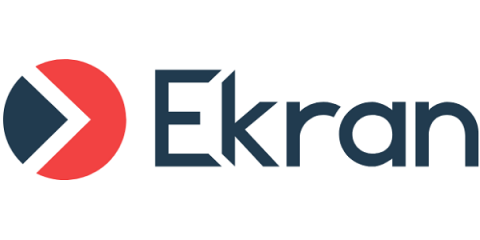Security | Threat Detection | Cyberattacks | DevSecOps | Compliance
Latest News
Four Insider Threats Putting Every Company At Risk
Few concerns keep business leaders up at night like the threat of a cybersecurity incident. With the average cost of a data breach exceeding $4 million for the first time and public sentiment, regulatory requirements and practical functionality firmly against companies that can’t protect their digital landscape, many leaders are reprioritizing cybersecurity in response to this increasingly urgent reality.
3 Tips for Negotiating Permanent Flexible Work Status
It’s finally happening. More than a year after embarking on “the world’s largest work-from experiment,” many businesses are bringing people back to the office. For some, this is excellent news. They’ve been looking forward to highway commutes, in-person meetings, and always valuable watercooler talk. These people are in the minority.
How to Block Specific Websites & Allow Access to Only Certain Sites
Want to block a website from being accessed in your organization? Whether you are a school, library, or business you need software to block internet access if you want to prevent your users from visiting high-risk, inappropriate, and distracting websites. In this article you will learn about the many ways you can control internet use on Windows computers using BrowseControl, CurrentWare’s internet and app blocking software.
The Attack is Coming from Inside the House | The Insider Threat Persists
Looking back at the past year, there have been some downright spooky trends facing cyber security professionals. Ransomware attacks have skyrocketed, impacting organizations from healthcare to critical infrastructure to the suppliers of MSP suppliers and everyone in between. APT crews and criminal gangs have taken advantage of the pandemic that pushed everyone to remote work, making 2020/2021 the year that bad cybersecurity preparedness came home to roost.
The Key to Solving Ransomware, Insiders, and Data Theft
The common theme across ransomware, insider threats, and data theft is the exfiltration of data. While threat research labs usually publish the process steps of ransomware encryption, keys, and disk clean-up, the parts about accessing the data and exfiltration are often left out. Also, one security solution does not solve the problem itself, making partner integrations vital to the success of security solution stacks.
7 Cybersecurity Challenges to Solve with a UEBA Deployment
Guarding Against The Human Element: How Insider-Threat Trends Should Guide Cybersecurity Policy
The number of data breaches has increased every year for more than a decade. Each incident costs companies time, money and resources to repair while inflicting often-irreparable damage to their brand reputation and customer loyalty. This reality only became more apparent during the recent pandemic as threat actors capitalized on the moment’s disruption and uncertainty to wreak havoc on our digital environments. In 2021, the number of data breaches is already on pace to reach a new record high.
Cyber Security Month in the WFH Era: Three Key Steps to Secure Hybrid Teams
This October, as businesses emerge from the pandemic, many are making strategic decisions about their long-term work arrangements. While there is a substantial debate about remaining remote or bringing people back to the office, many companies are choosing to meet in the middle, embracing a hybrid work arrangement that allows people to work both on-site and remotely.






